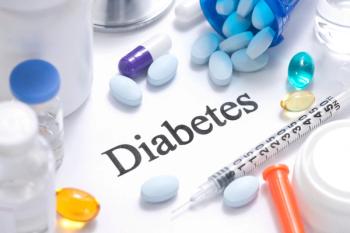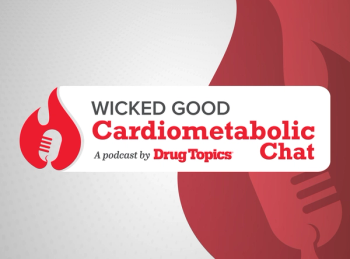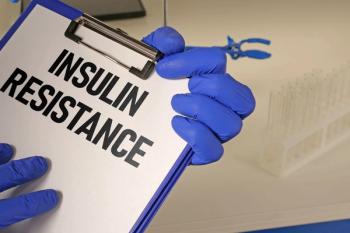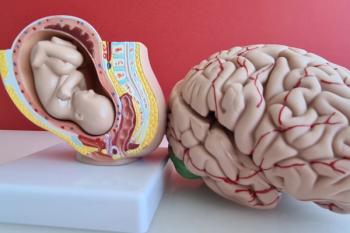
JCAHO tightens military technician regulations
With an eye on tightened patient safety standards, the Joint Commission on Accreditation of Healthcare Organizations has adopted a two-stage phaseout of tech-check-tech in U.S. military hospitals and clinics.
The first phase of the changeover occurred on March 1, when the U.S. Army, Navy, and Air Force hospitals and clinics were to begin having pharmacists, instead of technicians, review new scripts for certain high-risk drugs prior to dispensing if they want to remain accredited, according to Joseph Cappiello, JCAHO VP for accreditation field operations. Military facilities will develop their own drug lists. The Surgeons General of the three military branches were given 18 months to comply with the new R.Ph.-check-tech directive.
"The Department of Defense will develop the high-risk drug list, and we would expect it to be a facility-specific list," said Cappiello." What could be a higher risk for a small clinic would probably not be a high risk for a large bedded facility and vice versa. The Joint Commission will not make the decisions about what those lists should be but will leave it to the administration and medical staff of the facility to decide for which drugs they need to have a pharmacist involved on initial prescriptions.”
Pharmacists will not have to be physically present to check the new scripts in military facilities." It can be done electronically as long as there's the intervention and oversight of a pharmacist," Cappiello said.
The U.S. Army and U.S. Air Force did not respond to requests for comment, but the U.S. Navy's pharmacy consultant said that JCAHO's decision to bring the military into line with civilian tech standards came out of the blue." It was a surprise,"said Capt. Elizabeth Nolan." We believe we have a very safe system. Our technicians go through very rigorous training, which I believe is a benchmark for such training.”
The U.S. Navy is undertaking a gap assessment to figure out what changes need to be implemented in its 30 military treatment facilities and 200 branch medical clinics worldwide, which are staffed by 127 military and 190 civilian pharmacists and more than 1,000 techs. The tech restriction may mean hiring more pharmacists but other options, including electronic, are open, as well, said Nolan." We're working with several companies to see whether they can supply a telepharmacy solution,"she said." As we get the data collected and put our options on paper, we'll go to the table and collaborate with the other branches.”
Newsletter
Pharmacy practice is always changing. Stay ahead of the curve with the Drug Topics newsletter and get the latest drug information, industry trends, and patient care tips.





















































































































































